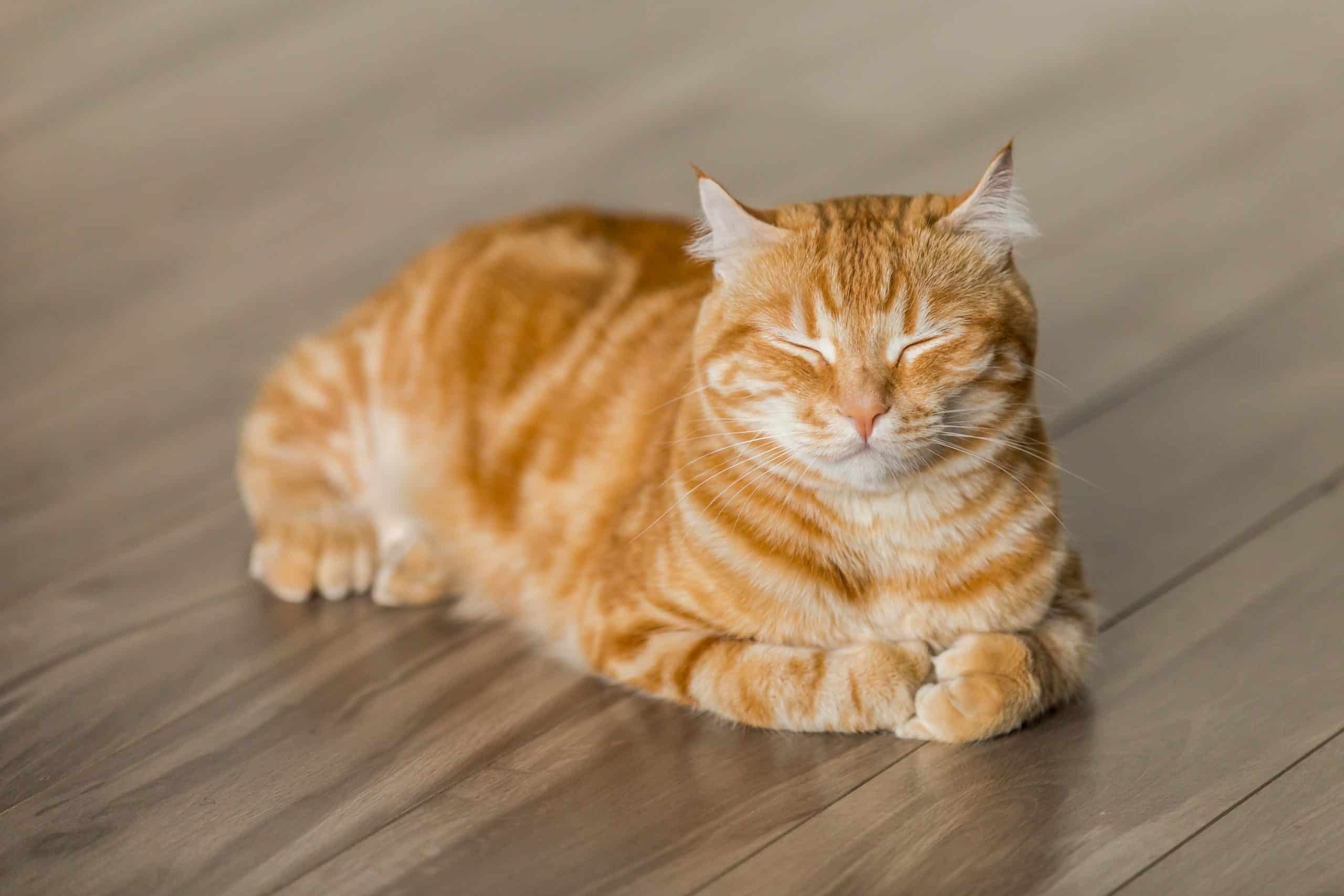Why do cats purr and what does it mean?

As pet lovers, you have likely experienced the gentle hum of your cat’s purring. It’s a soothing sound, often associated with a happy and content cat lounging on your lap. But have you ever paused to wonder why cats purr, and what this intriguing behavior signifies? Is it always a sign of contentment, or can it have other meanings?
The Biology Behind the Purr
To comprehend why cats purr, it’s beneficial to comprehend how cats purr. Unlike dogs, cats have a unique anatomical feature that enables them to produce this characteristic sound.
A découvrir également : How to stop your pet from scratching doors?
The precise mechanism behind a cat’s purr is still not fully understood. However, scientists believe it originates from a rapid, rhythmic contraction of the muscles within the cat’s larynx. This muscle contraction occurs when the cat inhales and exhales, producing a continuous purring sound.
Purring as a Sign of Contentment
When you observe your cat purring while being pet or lounging cozily on your lap, it’s easy to deduce that the cat is content. Indeed, cats frequently purr when they are in a relaxed and secure environment. This behavior is most commonly observed when cats are enjoying social interactions with humans or other cats.
A découvrir également : What are the early signs of arthritis in dogs?
The purring sound acts as a form of communication, signaling to the humans or other cats that they are content and not a threat. Thus, it’s a vital aspect of cat behavior which helps to build trust and strengthen social bonds.
Purring to Aid in Healing and Pain Relief
What may surprise you is that cats also often purr when they are in pain or distress. Research has shown that the frequency of a cat’s purr has the potential to promote the healing of bones and reduce swelling and pain.
This therapeutic effect of purring is perhaps why cats often purr when they are unwell or recovering from an injury. It’s a form of self-soothing behavior that cats employ to deal with discomfort. Therefore, if you notice that your cat is purring more than usual, it may be a sign that your pet is unwell and needs medical attention.
Mother Cats and Kittens: Purring as a Lifeline
Purring plays an essential role right from the onset of a cat’s life. Newborn kittens are blind and deaf, but they can feel the vibrations from their mother’s purring. This purring guides the kittens towards their mother, helping them to locate their source of food and warmth.
In turn, kittens start purring back at their mother when they are just a few days old. This purring serves as an ‘all is well’ signal to their mother, communicating that they are receiving the milk and are in good health.
Cats Purring in Advertisement
You may wonder, why include a mention of cats purring in a section about advertisement? It’s because the sound of a cat’s purr is often used in media and advertisements to depict comfort, coziness, and contentment.
Advertisements often leverage the common belief that a purring cat is a happy cat, using this sound to evoke positive emotions in the viewer. In this way, the purring sound serves as a powerful tool in the world of advertisement, associating products or services with feelings of happiness and contentment.
In conclusion, the purr of a cat is not just a simple sound, but a complex form of communication that serves multiple purposes. Whether it’s a sign of contentment, a healing mechanism, a lifeline for kittens, or even a tool in advertisement, the purring cat continues to intrigue and charm us with its mystery and versatility.
The Science of Cat Purring: What Does Research Say?
Let’s delve further into the fascinating world of why cats purr. While the exact reasons are not entirely known, science has provided some insights that might shed light on this mystifying cat behavior.
Research has discovered that the low frequency vibrations produced when a cat purrs stimulate the production of certain growth factors in the body. These growth factors are involved in the healing and regeneration of body tissues. Hence, this could explain why cats often purr when they are unwell or recuperating from an injury.
Moreover, scientists have observed that not all purring cats are domestic. Larger cats such as cheetahs and cougars also purr, but not those in the Panthera family (lions, tigers, jaguars, and leopards). The reason for this is still unclear, but it’s worth noting that the purring mechanism in big cats could be different from domestic cats, or perhaps serve a different purpose altogether.
Further research is needed to fully comprehend the complexity of why and how cats purr. The more we discover, the more it appears that the simple act of a cat purring plays a significant role in their survival, communication, and well-being.
Conclusion
In light of everything we’ve learned, it’s evident that the purring cat is a fascinating phenomenon filled with layers of complexity. Cat purring serves as more than just a sign of a happy and content cat. It’s also a mechanism for healing, a form of communication for kittens, an indication of distress or discomfort, and even a clever tool used in advertising to evoke positive emotions in viewers.
Yet, despite the numerous studies and theories, the cat’s purr continues to be somewhat of an enigma. However, one thing is clear: the purr of a cat is immensely versatile and plays a vital role in their life.
So, the next time you find your cat purring at your side, remember that this sound is more than just a soothing hum. It could be your cat’s way of expressing contentment, healing itself, or alerting you to distress. But whatever the reason, there’s no denying that a purring cat is a remarkable sight that continues to captivate and intrigue us.
Therefore, whether you’re a cat owner, a cat admirer, or just a curious reader, we hope you now have a more profound understanding of why cats purr and what it could possibly mean. And remember, always pay attention to your cat’s behavior as it could be their way of communicating with you. After all, cats will be cats, mysterious and utterly fascinating.
